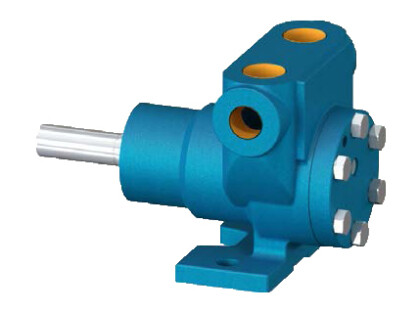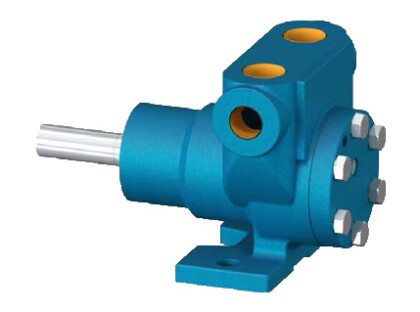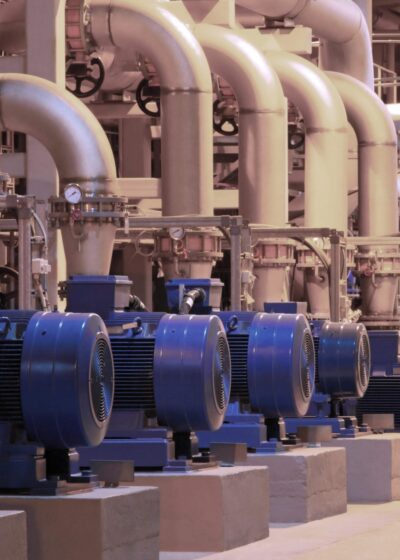
Yildiz YMK Internal Eccentric Gear Pump
Fuel Transfer Pump & Thermal Oil Pump

| Key Specifications | |
|---|---|
| Max Flow Rate | 150lpm |
| Max Head | 150M |
| Max Temperature | 200°C |
| Max Viscosity | 1600 cP |
| Solids | 0mm |
| Sizes | 3/8" to 1 1/2" |
The GAR range of Internal Eccentric Gear Pumps has been designed for the pumping of low to high viscosity fluids with lubricating properties. This range of internal gear pumps has options available for both with and without an external bypass relief valve, and for an external heating jacket which helps to maintain the temperature of the product being pumped. The clearance between the gears is quite tight and therefore means that these pumps aren't made for pumping fluids containing abrasive particles. Popular applications for these internal gear pumps include diesel fuel transfer, fuel oil transfer, coolant transfer, hot oil circulation, OEM, food industry, marine, detergent industry and lubrication.
Features of the Yildiz YMK gear pump:
- Internal eccentric gear pump
- Designed for low pressure applications
- Compact design
- Reliable construction thanks to only two moving parts
- Various material options
- Available with external bypass, jacketed cover and blind covered
- 230v, three phase 50/60hz motors available
- Manufactured according to CE regulations
- Explosion proof ATEX rated motors and non-sparking flexible couplings are available
Our gear pump guide offers detailed information on how they operate and where they are typically used.
FAQs
Gear pumps operate by an unchanging volume of fluid passing between the teeth of two meshing gears and their casing at a constant rate (not between the gears themselves). As the gears rotate and the meshed teeth separate, a partial vacuum is formed that fills with fluid, which they trap and move it around the casing from the suction to the discharge point.





















